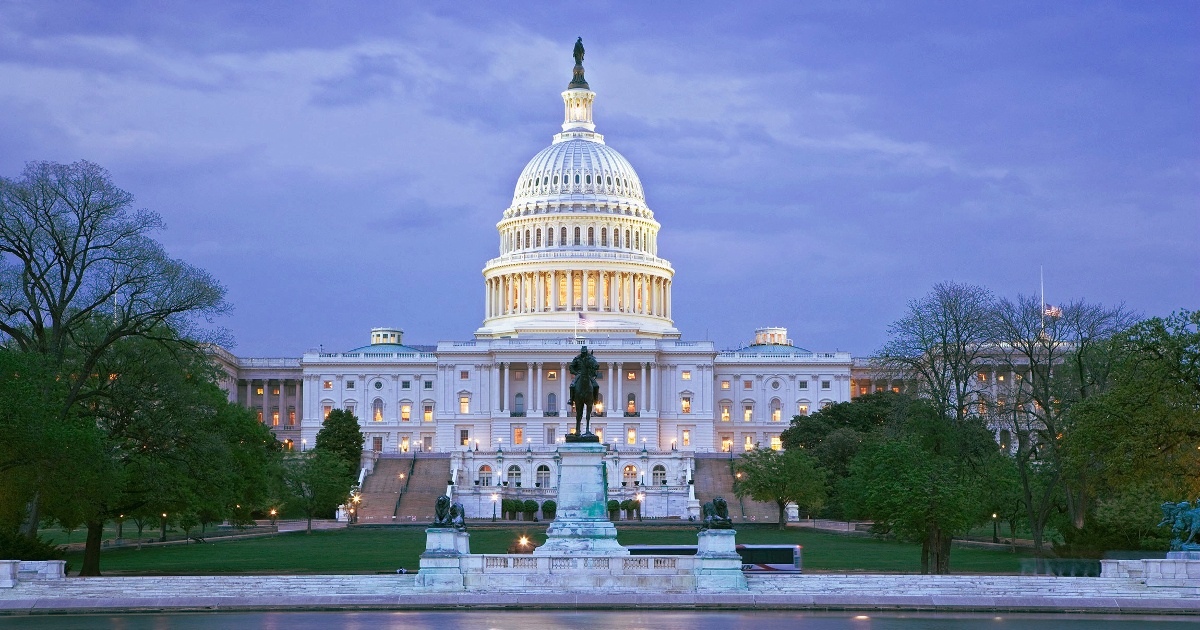Even the casual observer will likely have noticed a greater prevalence of the words "geospatial" or "GIS" over the past few years, and for good reason. The use of geospatial data is not limited to geographic information systems (GIS) professionals wading deeply into complicated software. Each of us uses geospatial data on a daily basis, primarily through the apps on our beloved devices, such as Google Maps, Yelp, Instagram, Snapchat, Facebook, and others. But GIS exists in quiet capacities far beyond our toys. Geospatial data and GIS play critical roles in the background of the modern economy and governance, enabling everything from delivery of fresh food in supermarkets to tracking of national security threats in conflict zones around the world. The software industry alone accounts for billions of dollars in sales every year. And the demand for both open- and closed-source geospatial data to keep our government and military on the cutting edge is certain to increase in the future.
John Steed

John is the Director of Geospatial Services at Tesla Government. With experience ranging from renewable energy projects in Peru, to UNHCR programs in West Africa, he has over 10 years of experience with collaborative implementation of GIS efforts across NGOs and the federal government.
He earned a B.A. in development studies from the University of California at Berkeley and an M.A. in sustainable international development from the Heller School for Social Policy and Management at Brandeis University.
Recent Posts
The Geospatial Data Act of 2017: A Necessary Step Forward, with One Major Flaw
Posted by
John Steed on October 23, 2017
5 Comments Click here to read/write comments
Tags: Data Visualization, Control, GIS
Be part of the conversation. Leave your comment below.

